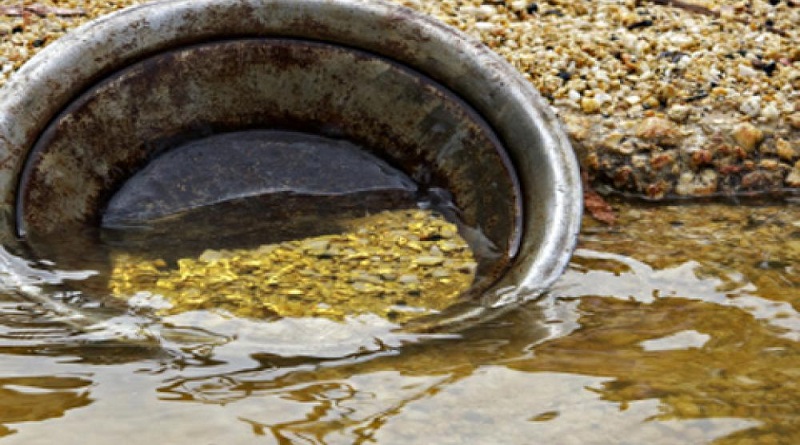World marks anniversary of agreement against toxic mercury
In August 2017, one of the world’s most recent environmental accords came into force: The Minamata Convention on Mercury.
Its aim has been to protect human health and the environment from the adverse effects of mercury, a ubiquitous element that can cause everything from birth defects to kidney disease. It addresses anthropogenic mercury releases through its entire lifecycle: mining, import and export, products and processes, emissions to air, releases to land and water, contaminated sites, waste management, and many others.
This week, the world is celebrating the fourth anniversary of the convention. Since the Minamata Convention on Mercury entered into force in 2017, 132 parties from around the world have been working together to disrupt the trade, raise public awareness, build institutional capacity, and create mercury-free products.
To mark the occasion, and in preparation for the fourth meeting of the Conference of the Parties (COP-4), the secretariat of the convention has launched a new website. It features data, enhanced accessibility and a fresh new look. It relies on a knowledge management platform that is interoperable with other systems, such as the United Nations Information Portal on Multilateral Environmental Agreements (InforMEA). This is expected to better serve the parties of the convention and to inform the public at large about the work undertaken.
“An anniversary is always a moment of reflection and inspiration,” said the convention’s Executive Secretary, Monika Stankiewicz. “Before its birth, the Minamata Convention was a promise to build a better, healthier world. Four years later, 132 parties and counting are working together tirelessly to keep this promise and make mercury history despite the coronavirus pandemic.”
While mercury is a naturally occurring element, it can be toxic, even in small doses. Exposure can harm the brain, heart, kidneys, lungs and immune system. It is especially dangerous to babies and young children, affecting their ability to think and learn.
One variant, methylmercury, is an organic compound that often finds its way into fish and shellfish – and then into the human food chain. Many commonly used products, like batteries, thermometers and cosmetics, including those that lighten the skin, also contain mercury.
Artisanal and small-scale gold mining (ASGM) activities are the single biggest source of mercury releases to soil and often take place in biodiverse and sensitive ecosystems around the world. Tackling ASGM can reduce mercury exposure for 15-20 million mine workers worldwide as well as emissions to the environment.
“In November this year, parties and observers will convene online at the first segment of COP-4 to continue the necessary work under the Convention for its world-wide implementation and its contribution to the broader 2030 Agenda. Let’s mark this 4th anniversary by multiplying our efforts for a healthy world where every man, woman and child can live free from the harmful effects of mercury”, she added.
The Minamata Convention helps countries restrict the use of mercury, adopt non-toxic alternatives to the element, and eliminate mercury pollution, protecting the environment and potentially millions of lives.
The fourth meeting of the Conference of the Parties to the Minamata Convention on Mercury will be organized in two segments: the first segment to be held online from 1 to 5 November 2021, and the second segment to take place in-person in the first quarter of 2022 in Bali, Indonesia.




